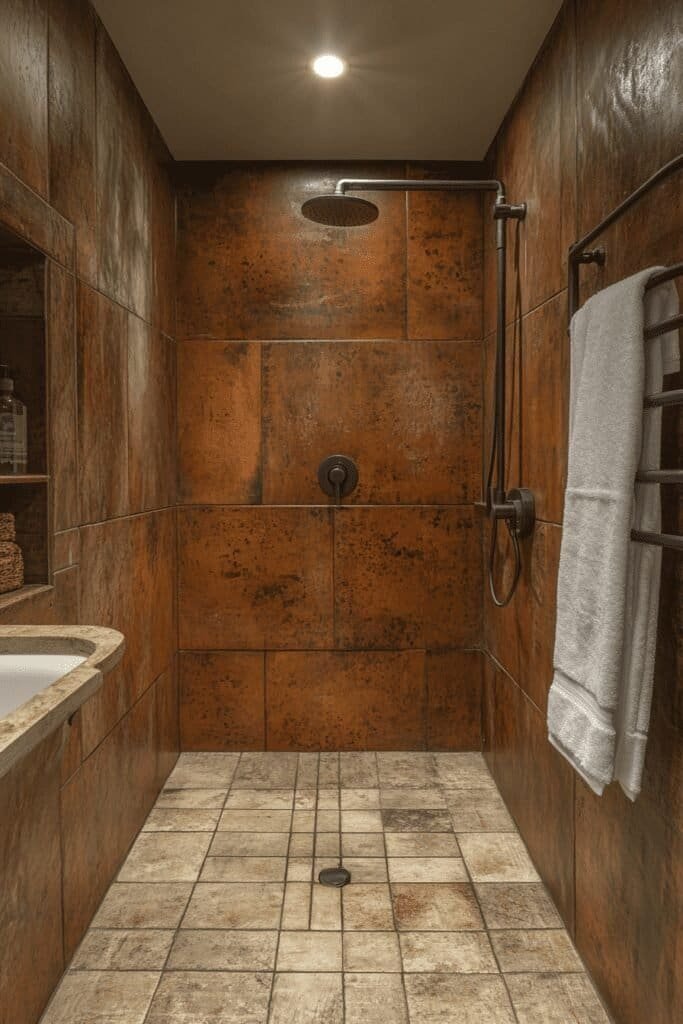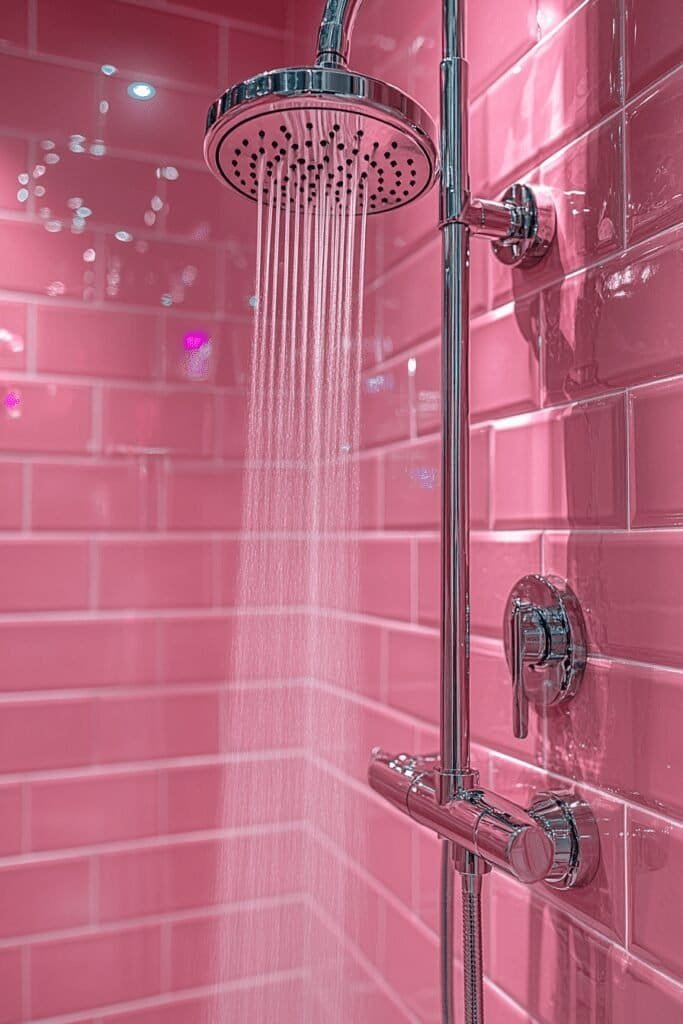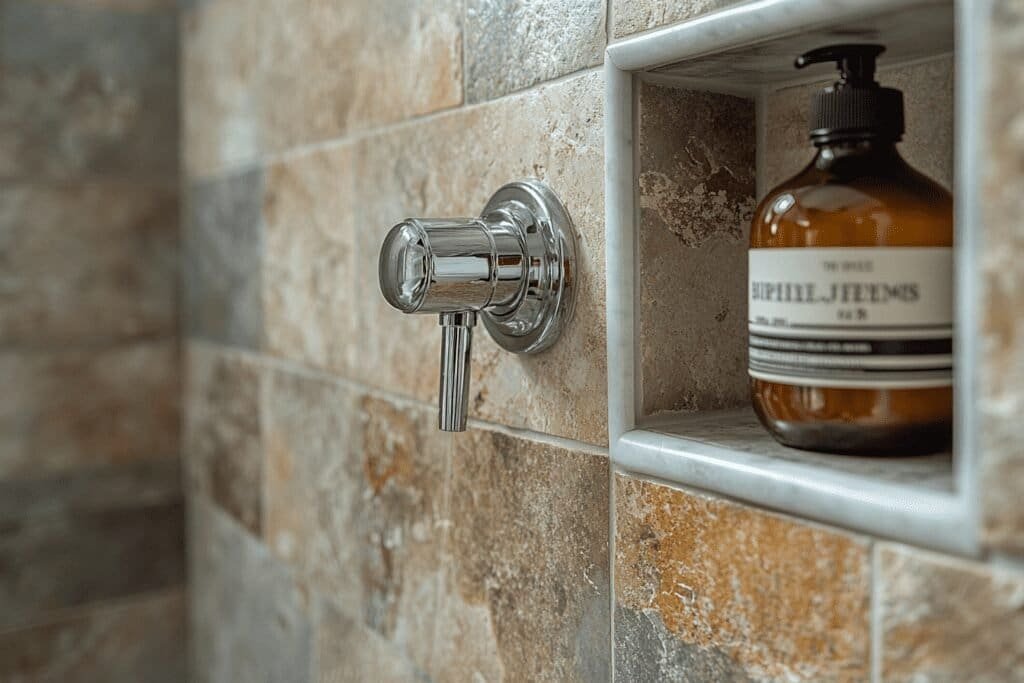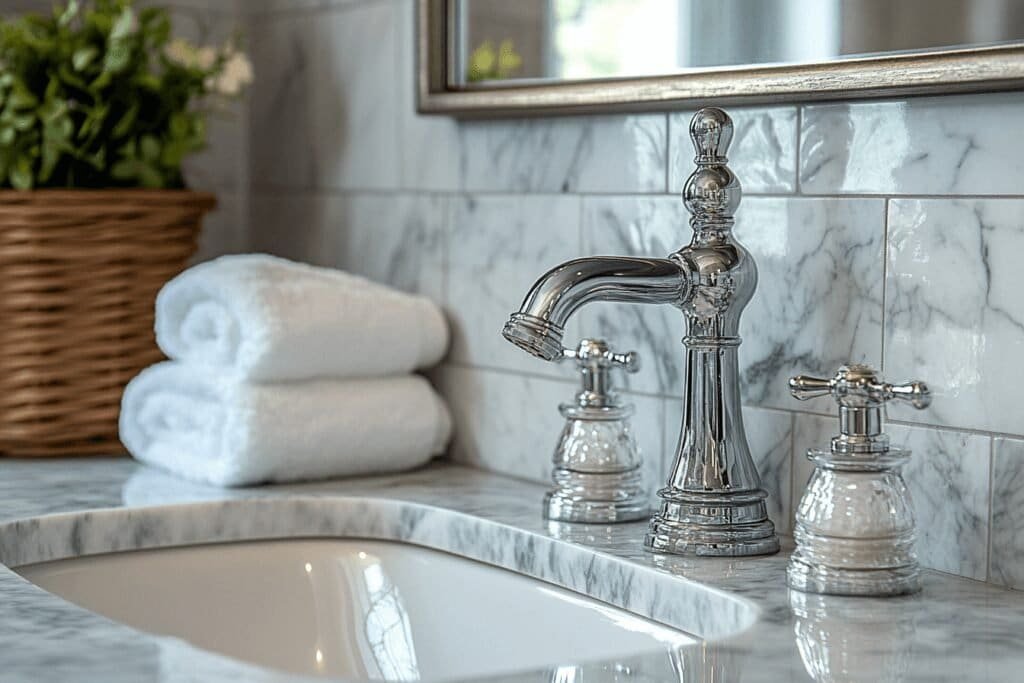When your single-handle shower faucet starts leaking, it can be more than just a minor annoyance. Knowing how to repair a single handle shower faucet is crucial, as a leaky faucet wastes water, increases your utility bills, and may even cause long-term damage to your bathroom. Fortunately, repairing a single-handle faucet is a simple DIY task that can save you money and help prevent water damage. In this guide, we’ll walk you through the repair process and provide helpful tips to keep your faucet in great shape, even during a bathroom remodel.
Tools You’ll Need for the Repair
Before starting, gather the necessary tools:
- Screwdriver (Phillips and flathead)
- Allen wrench
- Adjustable wrench
- Needle-nose pliers
- Plumber’s grease
- Replacement parts (cartridge, O-rings, etc.)
- Plumber’s tape


Understanding Your Single Handle Shower Faucet
A single-handle shower faucet controls both the water temperature and flow through a single lever. Most leaks occur because the cartridge or O-rings inside the faucet become worn over time. The cartridge is the internal mechanism that regulates water flow, and if it’s faulty, it can cause leaks. O-rings, which help create watertight seals, can also wear out, leading to drips.
Step-by-Step Guide to Fixing Your Shower Faucet
Step 1: Turn Off the Water Supply
The first and most crucial step is to turn off the water. You can do this by shutting off the main valve in your house or using the specific shower shut-off valves. Let any remaining water drain by turning on the faucet after the water supply is off.
Step 2: Remove the Faucet Handle
Use a screwdriver to remove the handle screw. Often, this is hidden under a small cap on the handle. After removing the screw, gently pull the handle off.
Step 3: Access the Cartridge
Once the handle is off, you’ll see a cartridge covered by a sleeve and trim. Remove these to expose the cartridge. Depending on your model, you may need pliers or a cartridge puller to extract it.
Step 4: Replace the Cartridge
Inspect the cartridge for damage or wear. If it’s cracked, corroded, or leaking, replace it with a matching part. Many cartridges are model-specific, so take the old one with you when buying a replacement.
Step 5: Reassemble the Faucet
After inserting the new cartridge, reassemble the faucet by replacing the trim, sleeve, and handle. Apply plumber’s grease to ensure the parts move smoothly, and use plumber’s tape on any threaded connections to prevent leaks.
Step 6: Turn on the Water and Test
Turn the water supply back on and test the faucet for leaks. If everything is functioning correctly, the leak should be gone, and your faucet should operate smoothly.


Common Mistakes to Avoid
- Over-tightening components can damage the new cartridge or seals, leading to more leaks.
- Skipping the plumber’s tape can cause water to seep through threads and fittings.
- Failing to identify the correct cartridge model before purchasing a replacement can result in improper fitting.
How Faucet Repair Fits Into a Bathroom Remodel
If you’re planning a bathroom remodel, it’s a good time to address any faucet issues, especially if you’re upgrading to walk-in showers. Replacing an old, leaky faucet as part of your remodel will not only enhance functionality but also improve the overall aesthetic of your bathroom. Properly functioning fixtures are a must to avoid water damage that could ruin new materials or finishes.
When to Call a Professional
While fixing a leaky shower faucet is typically a DIY-friendly task, certain situations might require professional help. If the leak persists after replacing the cartridge, or if the issue is related to the plumbing behind the walls, it’s best to consult a plumber. Large-scale problems may indicate more extensive plumbing issues, such as broken pipes or worn-out valves that need expert attention.
Frequently Asked Questions (FAQs)
Q1: How do I know if my faucet’s cartridge needs replacing?
If your faucet leaks even when it’s turned off, the cartridge is likely worn out and needs replacement.
Q2: Can I repair the faucet without turning off the water?
No. It’s essential to turn off the water supply before beginning any repairs to avoid flooding.
Q3: How often should O-rings be replaced?
O-rings usually last a few years, but if you notice any dripping or resistance when using the faucet, it’s time to check and possibly replace them.
Q4: Is faucet repair expensive?
No, repairing a single-handle faucet is quite affordable, especially when done as a DIY project. Most replacement cartridges and O-rings cost between $10 and $30.
Q5: How does repairing a faucet impact my bathroom remodel?
Addressing leaks during a remodel prevents future water damage to new finishes and ensures that your updated bathroom looks and functions perfectly.
Conclusion
Repairing a single-handle shower faucet can save you money, prevent water waste, and enhance the overall functionality of your bathroom. By following these simple steps, you can tackle the repair yourself, avoid costly plumber fees, and even add value to your bathroom remodel. Regular maintenance, such as checking for leaks and replacing worn parts, will help extend the life of your faucet and keep your bathroom running smoothly.
Disclaimer: As an Amazon Associate, I earn from qualifying purchases. This means that if you click on certain links on this site and make a purchase, I may receive a small commission at no additional cost to you.


